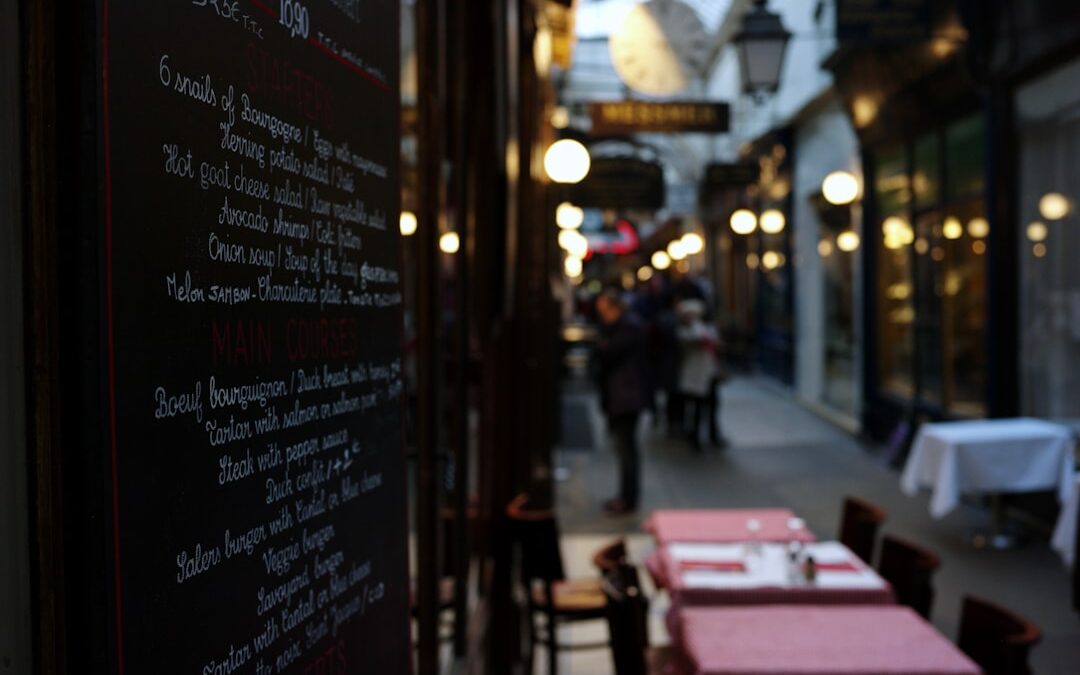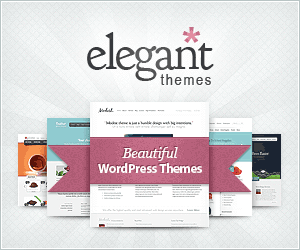Restaurant Menu Printing: Top 5 Brilliant Tips 2025
Restaurant menu printing is an essential part of any eatery’s marketing strategy. Whether you’re running a cozy café or an upscale bistro, the way you present your menu can make a big difference in a customer’s dining experience. Here’s a quick rundown of what you need to know:
- Design Matters: Your menu should reflect your brand’s vibe, using logos, color palettes, and eye-catching graphics.
- Digital Strategy: Consider incorporating digital elements like QR codes to link diners to online ordering or special offers.
- Conversion Optimization: Tailor your menu layout and descriptions to guide customers towards your higher-margin items.
Even the simplest piece of paper can be a powerful tool to attract and engage your guests.
I’m Randy Speckman, founder and CEO of Randy Speckman Design. With over 15 years of experience, I’ve helped countless entrepreneurs improve their businesses through effective restaurant menu printing, web design, and strategic marketing.

Restaurant menu printing vocab explained:
– restaurant menu design
– restaurant print marketing
Understanding Restaurant Menu Printing
Menu Costs
Menu costs can be a hidden expense for many restaurateurs. They aren’t just about the paper and ink. They include the costs of design, updates due to price changes, and even the market research to determine competitive pricing. Inflation often drives these costs up, as restaurants need to adjust prices to cover rising expenses in food, rent, or wages. When you change prices, you need new menus, and that means more costs.
Printing Materials
Choosing the right materials is crucial for effective restaurant menu printing. The material affects the look, feel, and durability of your menu. Options range from standard paper to high-end materials like gloss or silk finishes. For those looking for something unique, waterproof or synthetic papers can be a great choice, especially for outdoor dining settings or restaurants with high spill risk.
- Glossy Paper: Offers a shiny finish that improves color vibrancy.
- Silk Paper: Provides a smooth, non-glossy finish, ideal for easy reading.
- Waterproof Options: Perfect for durability and outdoor settings.
Custom Menus
A custom menu can set your restaurant apart. It allows you to showcase your brand’s personality and cater to specific customer needs, like gluten-free or vegan options. Customization can involve everything from the size and shape of the menu to the type of illustrations and typography used. Randy Speckman Design offers a range of customization options, including various paper stocks and finishes, to create a menu that truly represents your brand.
- Size Options: From small, compact menus to large, detailed ones.
- Design Elements: Incorporate your brand’s logo, colors, and even photography to make the menu visually appealing.
Creating a menu that is both functional and attractive is an art. It’s about balancing aesthetics with practicality to improve the dining experience. The menu is often the first interaction a customer has with your restaurant, so make it count!
Types of Menu Printing Options
When it comes to restaurant menu printing, choosing the right type of menu is essential. Each style has its unique benefits and is suited for different dining environments. Let’s explore the most popular options: flat menus, bi-fold menus, tri-fold menus, and waterproof menus.
Flat Menus
Flat menus are a classic choice, often seen in upscale or fine dining establishments. They provide a clean and neat look, making them perfect for settings where simplicity and style are key.
- Sizes Available: Common sizes include 3.75″ x 8.25″, 8.5″ x 11″, and 11″ x 17″.
- Material Options: Available in matte, glossy, recycled, or synthetic paper stocks.
Flat menus are also a great choice for special events like weddings, where an neat presentation is essential.
Bi-Fold Menus
Bi-fold menus, also known as booklet menus, are ideal for casual dining or cafes. They offer more space for detailed descriptions and images without overwhelming the customer.
- Sizes Available: Typically 8.5″ x 11″ and 11″ x 17″ when folded.
- Material Options: Choose from matte, glossy, or recycled paper stocks.
These menus provide a balance between a compact design and ample space for menu items.
Tri-Fold Menus
Tri-fold menus are perfect for takeout and delivery services. Their foldable design makes them easy to handle and distribute, particularly for businesses with extensive offerings.
- Sizes Available: Common sizes include 8.5″ x 11″ and 8.5″ x 14″ when folded.
- Material Options: Available in matte, glossy, or recycled paper stocks.
Tri-fold menus can also serve as effective marketing tools, allowing space for additional information like promotions or contact details.
Waterproof Menus
For restaurants with outdoor seating or high spill risks, waterproof menus are an excellent choice. These menus are designed to withstand the elements and frequent handling.
- Material: Made from synthetic paper that is both waterproof and tear-resistant.
- Durability: Ideal for spas, poolside dining, or any environment where menus are exposed to moisture.
Waterproof menus offer longevity and are a practical solution for establishments needing menus that can endure tough conditions.
Choosing the right menu style involves considering your restaurant’s concept, customer experience, and practical needs. Each menu type offers unique advantages, ensuring your menu not only looks great but also functions effectively in your dining environment.
Choosing the Right Paper and Finish
When it comes to restaurant menu printing, selecting the appropriate paper and finish is crucial. The paper you choose affects both the look and durability of your menus. Let’s break down the options:
Cardstock
Cardstock is a popular choice for menus due to its sturdiness and professional appearance. It provides a solid base for vibrant colors and sharp text. Cardstock is available in various thicknesses, allowing you to choose based on the level of durability you need.
- Thick Cardstock: Offers a premium feel and is ideal for high-end restaurants.
- Thin Cardstock: More budget-friendly, suitable for casual dining or temporary menus.
Glossy Finish
A glossy finish gives menus a shiny, reflective surface that improves colors and images. This finish is perfect for menus with lots of photos or vibrant graphics, as it makes them pop.
- Pros: Eye-catching and easy to wipe clean.
- Cons: Can be prone to fingerprints and glare under bright lights.
Matte Finish
Matte finishes provide a non-reflective, smooth surface. This finish is excellent for menus with lots of text, as it reduces glare and is easier to read under various lighting conditions.
- Pros: Neat look, easy to read.
- Cons: Not as vibrant as glossy finishes.
Recycled Paper
For eco-conscious restaurants, recycled paper is a great option. Using recycled materials can highlight your commitment to sustainability and appeal to environmentally aware customers.
- Pros: Environmentally friendly, unique texture.
- Cons: May not have the same brightness as non-recycled options.
Synthetic Paper
Synthetic paper is a game-changer for menus exposed to harsh conditions. This material is waterproof and tear-resistant, making it perfect for outdoor dining or high-traffic areas.
- Pros: Extremely durable, waterproof, and easy to clean.
- Cons: Typically more expensive than traditional paper options.

Choosing the right paper and finish for your menus involves balancing aesthetics, durability, and budget. By understanding the benefits and drawbacks of each option, you can select the best materials to improve your restaurant’s brand and customer experience.
Customization and Design Tips
Creating a distinctive menu is more than just listing dishes. It’s about crafting an experience. Let’s explore some key elements that can lift your restaurant menu printing to the next level.
Branding
Your menu is an extension of your brand. It should reflect your restaurant’s personality and values. Use your logo, brand colors, and fonts consistently. This builds recognition and trust with your customers. Think of your menu as a silent ambassador for your restaurant.
“A well-branded menu can increase sales by up to 30%.”
Color Palette
Colors are powerful. They evoke emotions and can influence decisions. Choose a color palette that aligns with your restaurant’s theme. Warm colors like red and orange can stimulate appetite, while cool colors like blue and green can create a calming atmosphere.
- Warm Colors: Great for lively, casual dining spots.
- Cool Colors: Ideal for fine dining or cafes looking for a relaxed vibe.
Illustrations
Illustrations add a unique touch to your menu. They can highlight special dishes or tell a story about your restaurant. Use them sparingly to avoid clutter. Consider hiring a professional illustrator to ensure quality and consistency.
- Hand-drawn Illustrations: Perfect for rustic or artisanal themes.
- Modern Graphics: Suit contemporary or upscale dining experiences.
Photography
A picture is worth a thousand words, especially when it comes to food. High-quality photographs can entice customers and showcase your dishes at their best. Work with a professional photographer to capture the essence of your cuisine.
- Close-up Shots: Highlight textures and ingredients.
- Lifestyle Images: Show dishes in context, like a busy dining table.
Tips for Success
- Consistency is Key: Ensure all design elements align with your overall brand identity.
- Less is More: Avoid overwhelming your customers with too many visuals.
- Test and Iterate: Gather feedback from customers and make adjustments as needed.
By focusing on these customization and design tips, you can create a menu that not only informs but also inspires. Your menu should be a reflection of your restaurant’s unique story and culinary vision, drawing customers in and enhancing their dining experience.
Frequently Asked Questions about Restaurant Menu Printing
What kind of paper do restaurants use for menus?
Restaurants often choose between cardstock and synthetic paper for their menus. These materials offer durability and a professional appearance, crucial for making a positive first impression.
-
Cardstock is a popular choice due to its sturdiness and ability to hold vibrant colors. It’s perfect for menus that need to withstand frequent handling.
-
Synthetic paper is a great option for waterproof menus. It’s tear-resistant and ideal for outdoor dining areas or restaurants with a high chance of spills.
How do I create a new restaurant menu?
Creating a new menu involves more than listing dishes; it’s about crafting a visual and textual experience.
-
Menu Layout: Start with a clear and organized layout. Use sections to guide customers through appetizers, mains, and desserts. This makes it easier for them to find what they’re looking for.
-
Enticing Descriptions: Use descriptive language to make dishes sound as delicious as they taste. Words like “crispy,” “succulent,” and “zesty” can make a dish more appealing. A well-written menu can increase sales by up to 27%.
-
Visual Balance: Balance text with images or illustrations. This not only improves the visual appeal but also helps in breaking down information, making it easier to digest.
Why do some restaurants use chalk for pricing?
Using chalk for pricing is a strategy that offers price flexibility and adaptability to seasonal changes.
-
Price Flexibility: Chalkboards allow for quick price updates without the need for reprinting. This is particularly useful for restaurants that adjust prices based on market conditions or ingredient costs.
-
Seasonal Changes: Many restaurants have seasonal menus that change with the availability of ingredients. Chalk allows for easy updates and keeps the menu fresh and relevant.
By understanding these common questions, you can make informed decisions about your restaurant menu printing. Whether choosing the right paper or crafting enticing descriptions, each element plays a role in enhancing your customers’ dining experience.
Conclusion
At Randy Speckman Design, we understand that high-quality printing is more than just putting ink on paper—it’s about creating an experience that resonates with your customers. Our commitment to excellence ensures that every menu we design and print is custom to reflect your brand’s unique personality and style.
Customer satisfaction is at the heart of what we do. We work closely with you to ensure that your menus not only look stunning but also meet your functional needs. Whether it’s selecting the perfect paper stock or incorporating custom finishes, our goal is to lift your restaurant’s image and improve the dining experience.
By choosing us for your restaurant menu printing needs, you’re not just getting a service—you’re gaining a partner dedicated to helping your business thrive. Our expertise in web design, marketing, and digital strategy allows us to offer comprehensive solutions that drive customer engagement and conversion.
Ready to make a lasting impression with your menus? Explore our marketing ideas here and find how we can help you create menus that captivate and convert.





